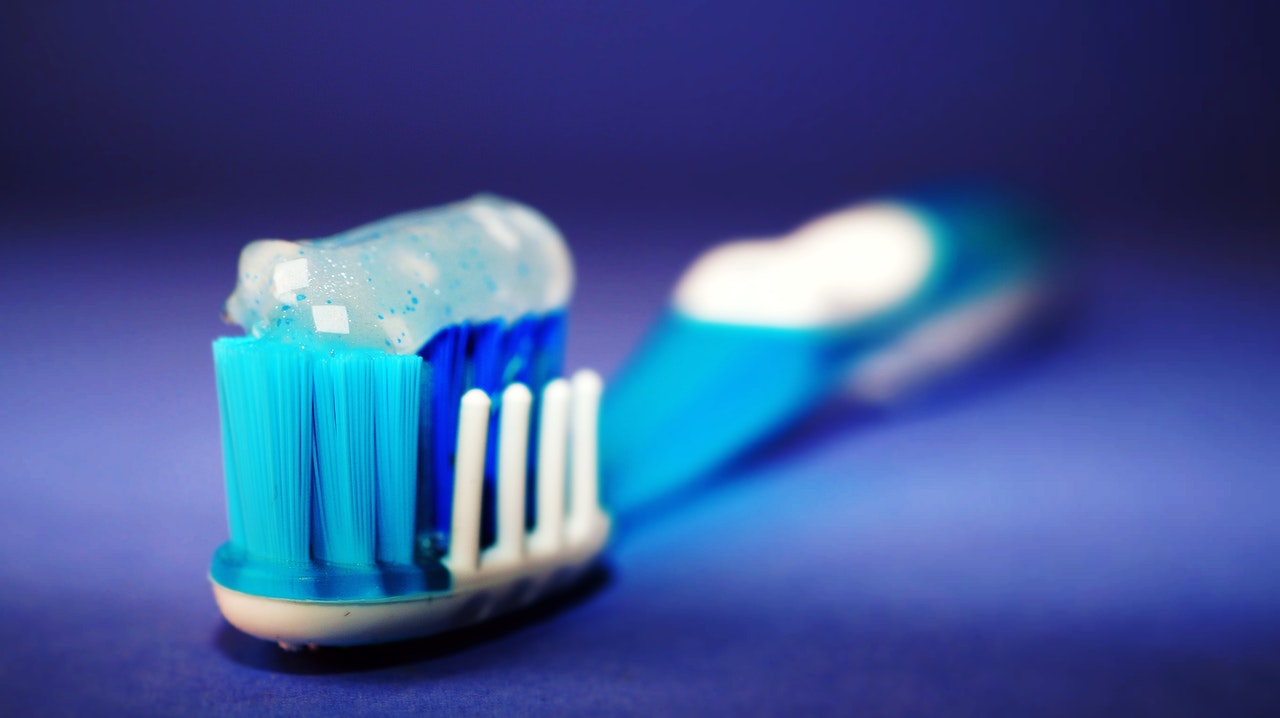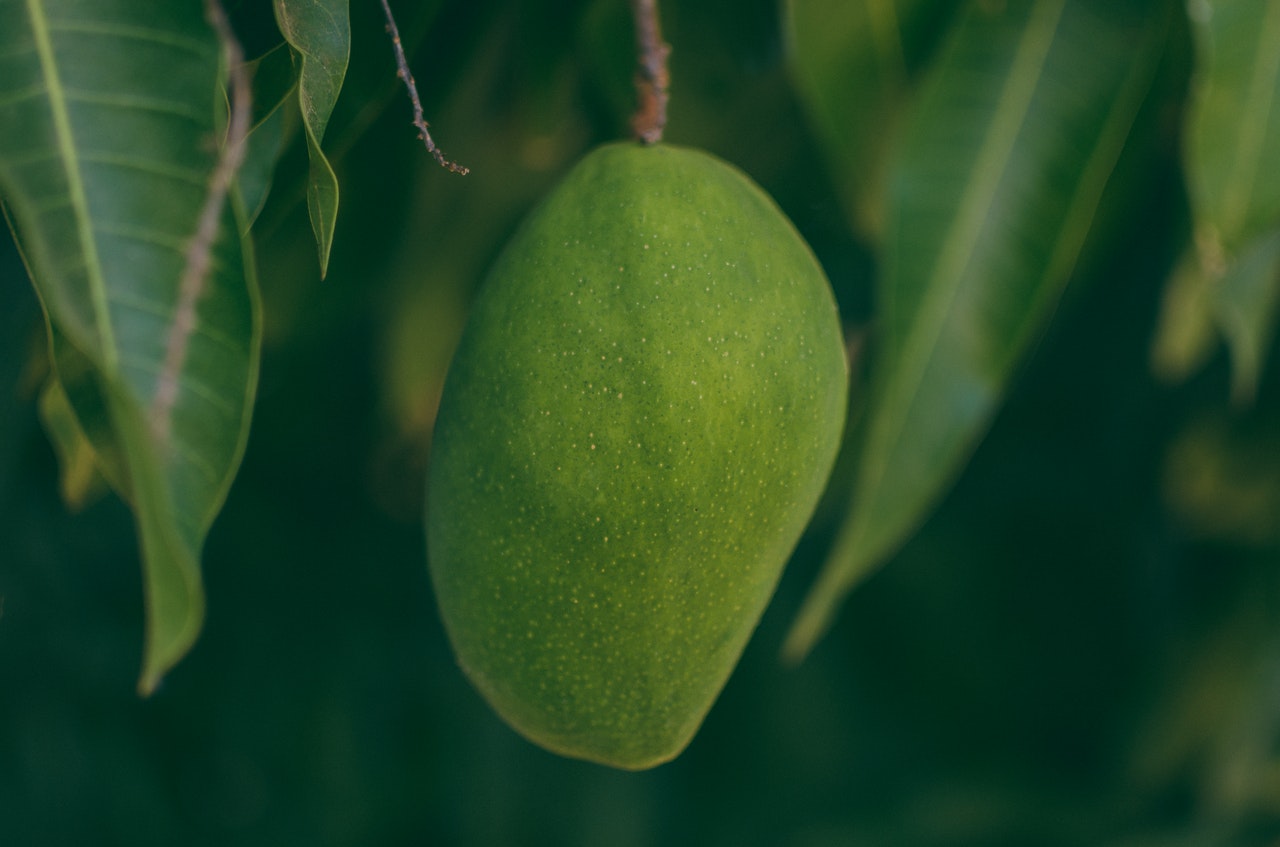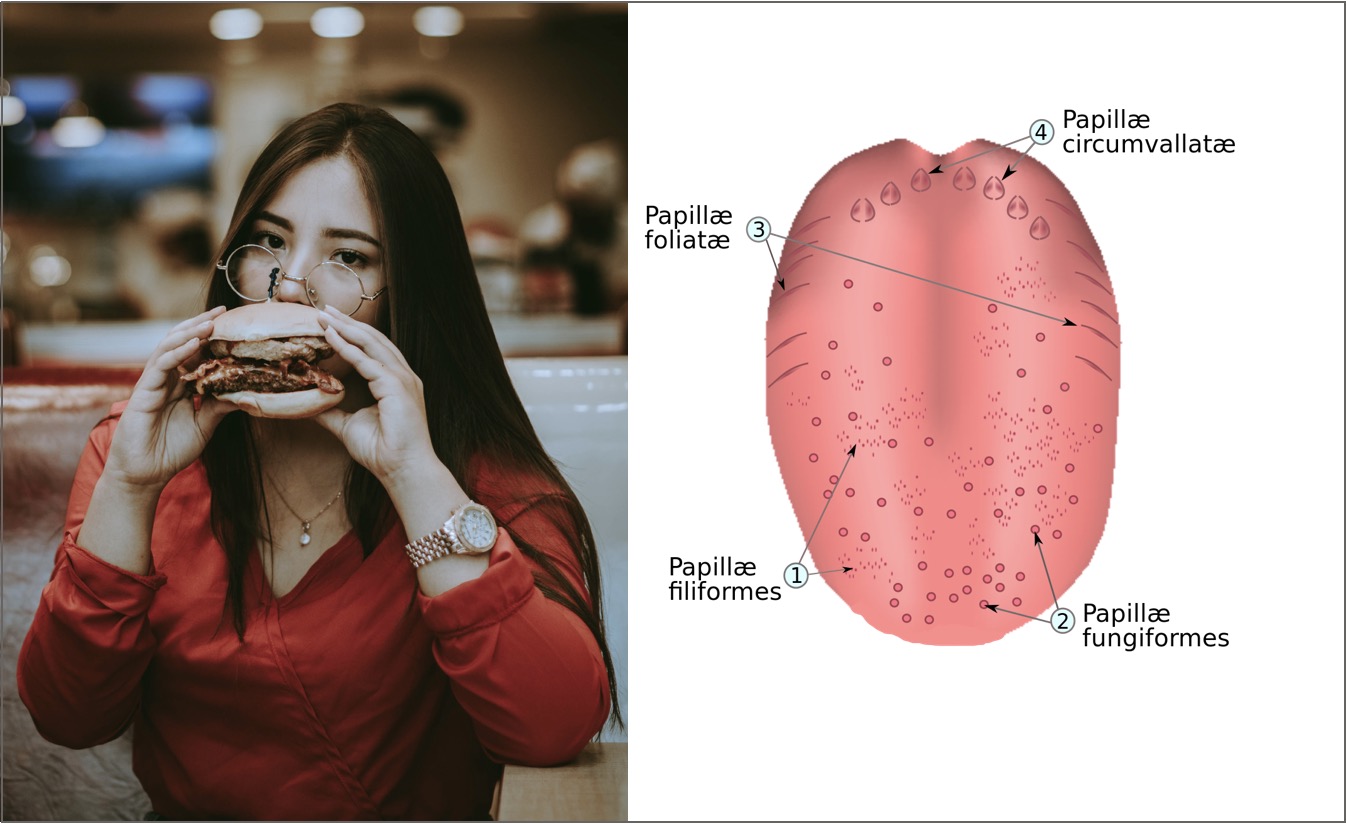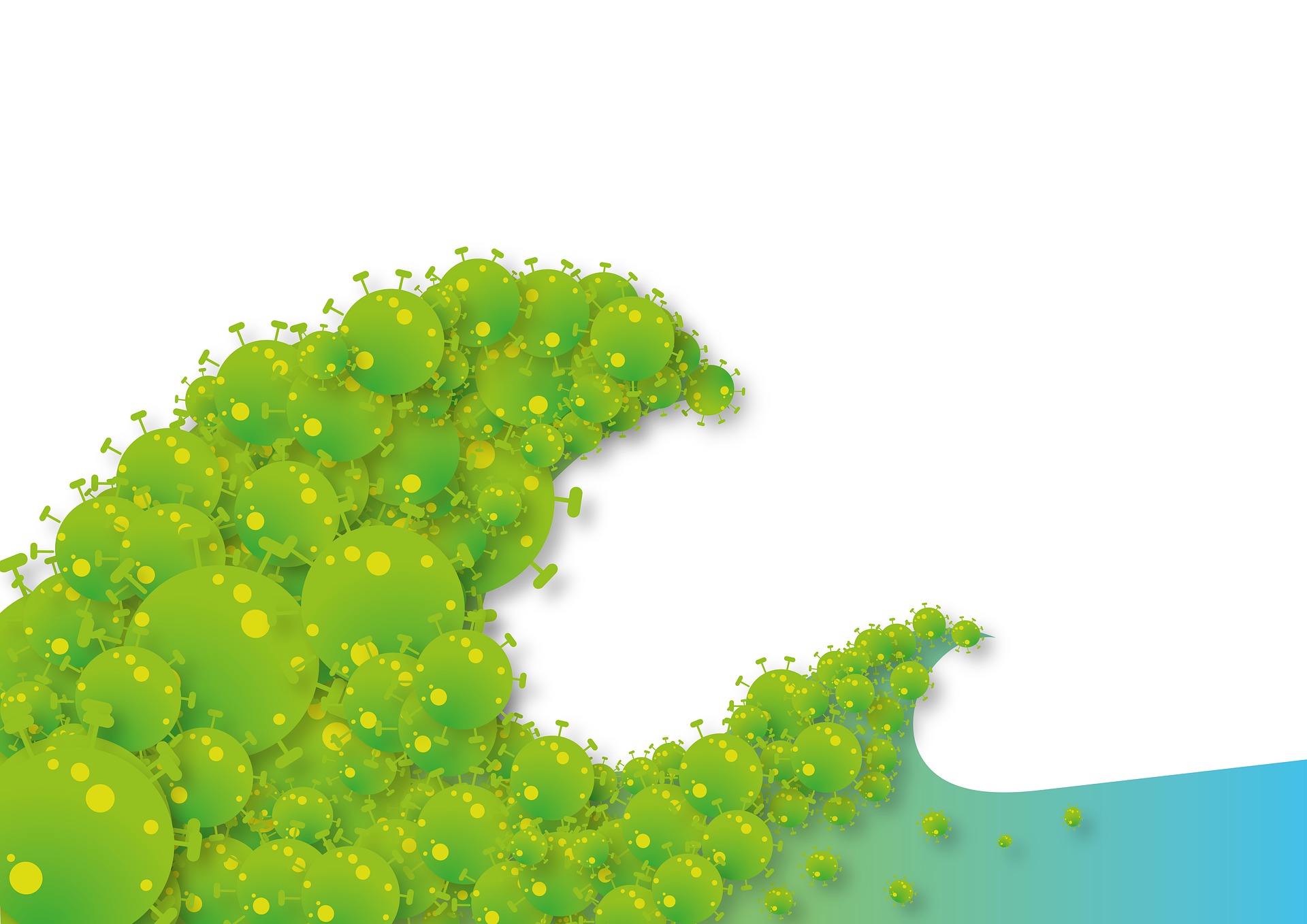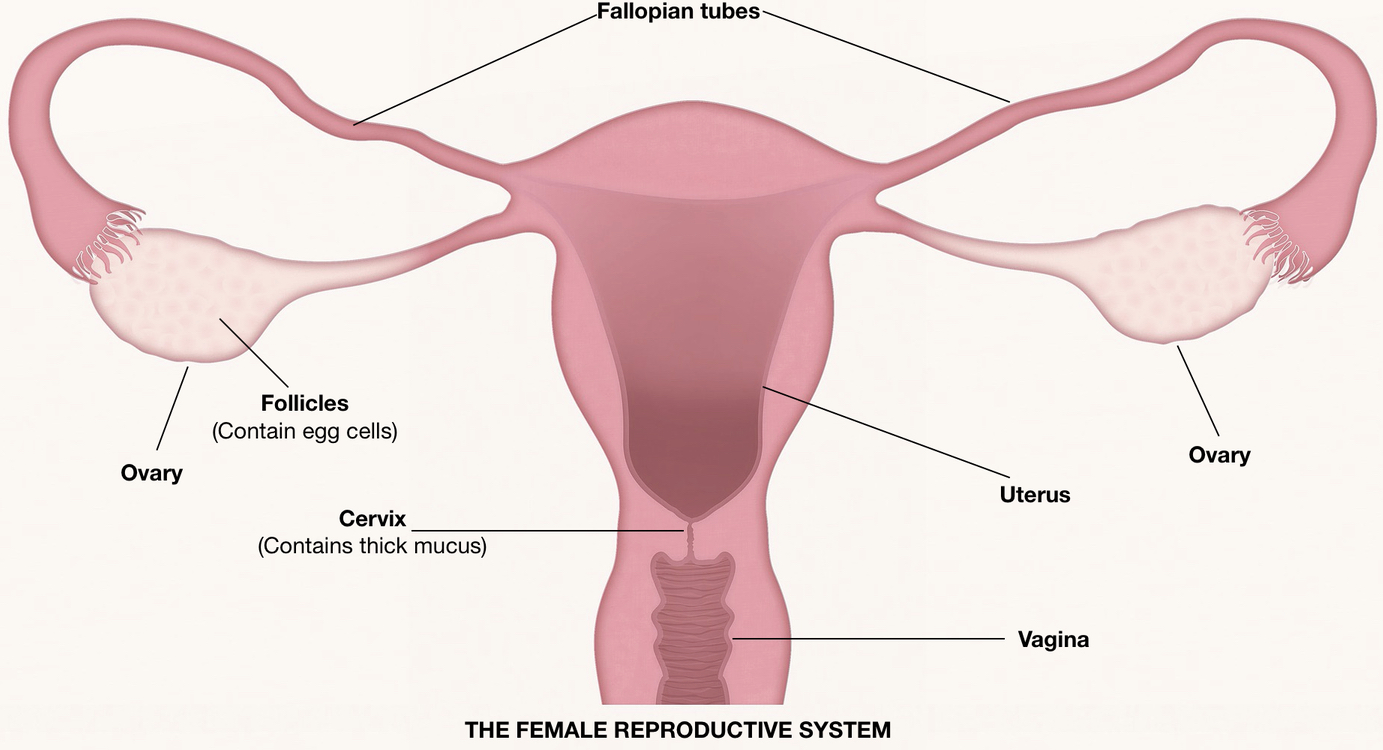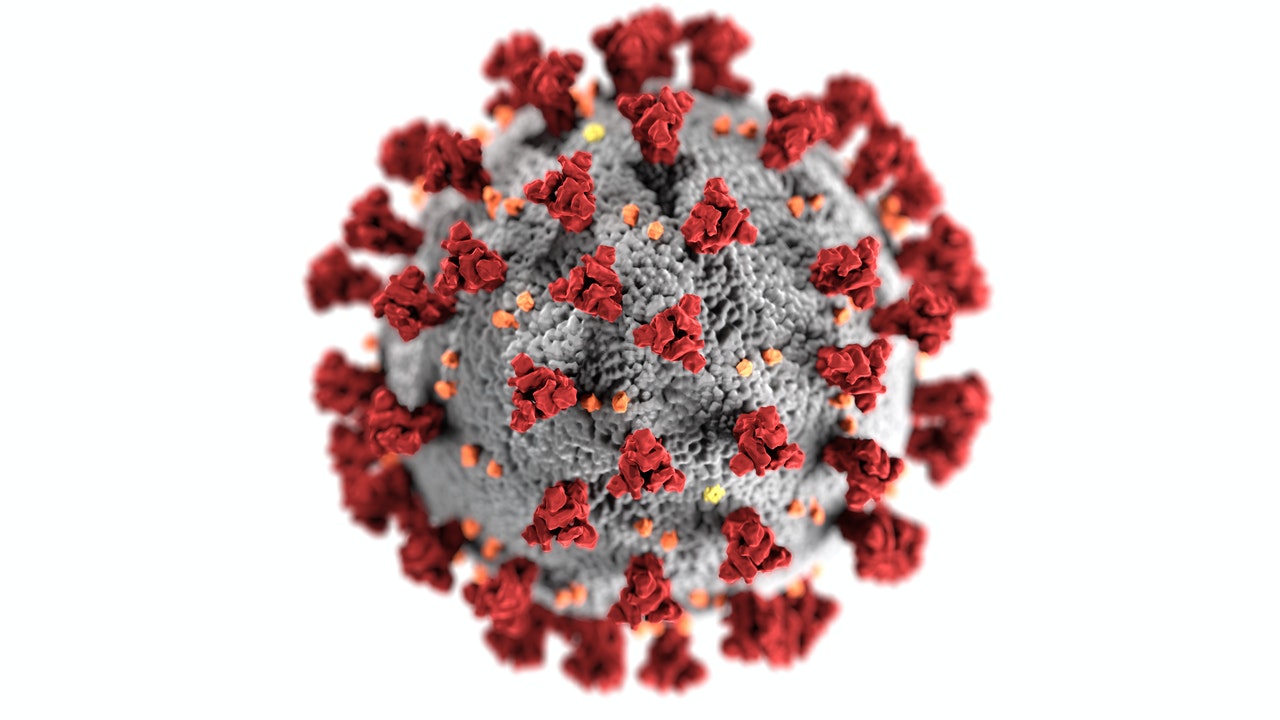Reading Time: < 1 minutes
- Today, three species of lice are known to us: body lice, hair lice and pubic lice.
- Out of these three species, the body lice is the oldest, and it infested our primate ancestors around 25 million years ago.
- Even when our ancestors split from the ancestors of chimpanzees around 7 million years, their hairy bodies continued to be home to body lice.
- Then, about 4 million years later, our ancestors caught another type of lice that were found chiefly on gorillasHow they caught this type of lice of gorillas is still unknown.
- Gradually, humans evolved to lose hair, and this “hairlessness” posed survival problems for these two species of lice.
- Suddenly now, they didn’t have the forest of hair to deposit their eggs.
- So, over the next one million years or so, these two species of lice evolved—the erstwhile body lice became head specialists while the gorilla lice became pubic lice.
- Now, we had no body lice—just head lice and pubic lice.
- Then another species of lice (the new body lice) emerged—known to be around 70,000 years old.
- But like the old body lice, this new body lice couldn’t have survived on the hairless skin as their eggs would have fallen to the ground and died.
- Experts believe that the new body lice could survive (and still exists) because they could deposit their eggs in human clothing.
- And the evolution of this new body lice is considered evidence that we started wearing clothes around 70,000 years ago.
Image courtesy of Mediamodifier through Unsplash
Reference shelf :


